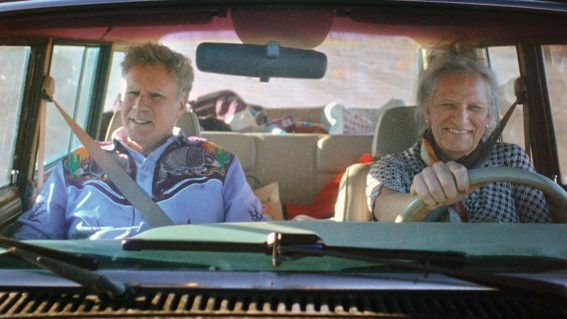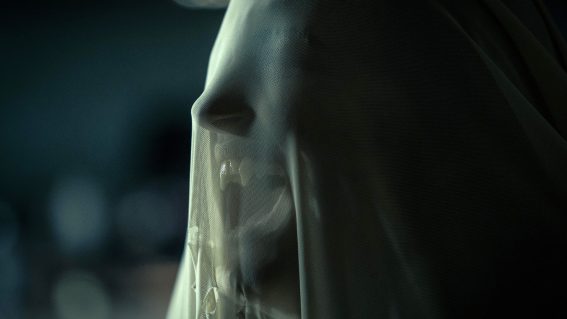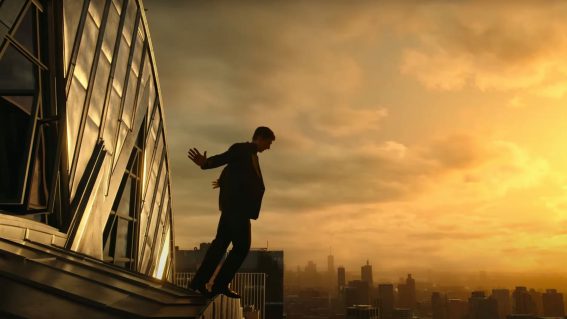Furiosa is a beast of a movie that delivers the goods – but it’s no Fury Road
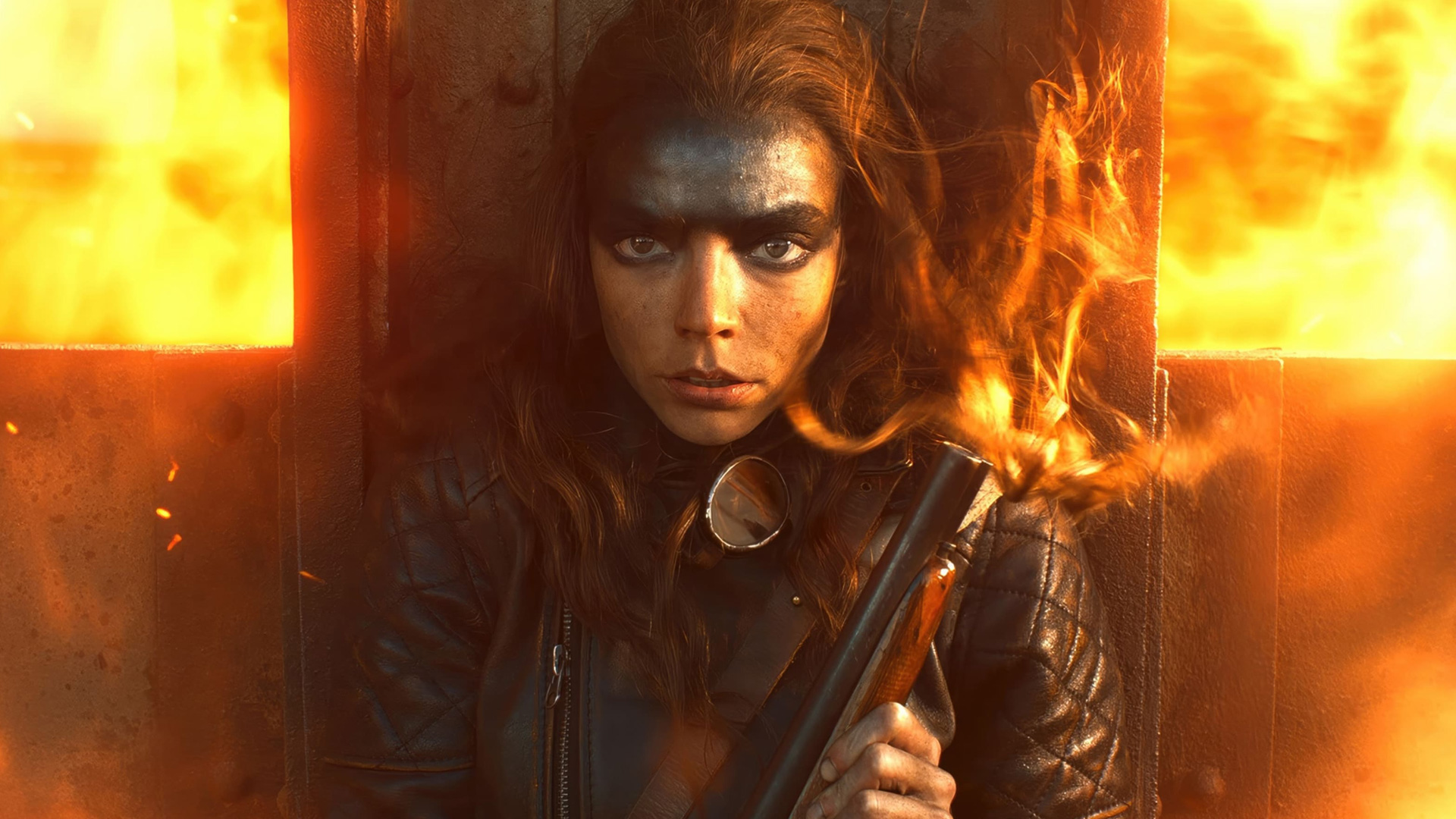
Luke Buckmaster isn’t your ordinary Mad Max fan: he literally wrote the book about George Miller’s beloved dystopian franchise. Furiosa, he says, is a long and bumpy ride, featuring an epic showdown between the eponymous character and Chris Hemsworth’s Lord Dementus.
Furiosa: A Mad Max Saga
Anya Taylor-Joy brings the requisite stoicism and badassery to the eponymous character in the latest Mad Max outing—an outsized, over-the-top beast of a movie, scattered and a little out of control but wildly and enjoyably so. George Miller’s fifth journey into the Wasteland delivers the hardboiled, petroleum-dowsed delirium fans have come to crave, even if it’s clear almost instantly that, quality and temperament-wise, this origins story is light years from the face-melting brilliance of Fury Road.
Rightly lauded as one of the high points of 21st century action cinema to date, that film is such a visceral ride, so insanely frenzied and pressure-packed, few probably stopped to contemplate how close Furiosa (then played by Charlize Theron) and Max (Tom Hardy) are as characters. Both are reticent, lone wolf anti-heroes, haunted but intensely purpose-driven, particularly when it comes to matters of revenge.
In the gentler paced Furiosa, which charts the younger years of the woman who becomes a one-armed Imperator for the ghastly despot Immortan Joe, the absence of Rockatansky oddly made me think about this more. The pair struck me as not just brethren road warriors but virtual facsimiles, devoid of interesting differences. Taylor-Joy doesn’t appear for a long time in the new movie, a lengthy prologue focusing on her as a girl (played by Alyla Browne) who’s taken from the Green Place of Many Mothers and ends up in the hands of the flamboyantly feral Lord Dementus and his biker gang—sparking the beginning of a sensational rivalry that consumes much of the film.
Played with cartoonish aplomb by Chris Hemsworth, in his first performance that’s truly impressed me, Dementus has a quasi-evangelical aura, fronting up to large crowds and attempting to convert them. In another dimension he was a street preacher jabbering about truth and light. Dementus’ gift of the gab reminded me of Lord Humungus from Mad Max 2, also spectacularly dressed in BDSM-inspired Wasteland chic, deploying the language of peace (“there has been too much violence, too much pain”) while he burns down the world around him.
Miller and co-writer Nico Lathouri make a misstep by introducing another warrior of long stares and few words: Tom Burke’s Praetorian Jack, who collaborates with Furiosa and becomes a mentor-like presence. In their scenes the film’s interpersonal dynamics sag, because Miller is clearly repeating himself: this is one Rockatansky too many (and while Burke’s performance is fine, it doesn’t have much charisma—he’s no Mel Gibson, Theron or Hardy). A significantly older mentor might have helped mix things up a bit.
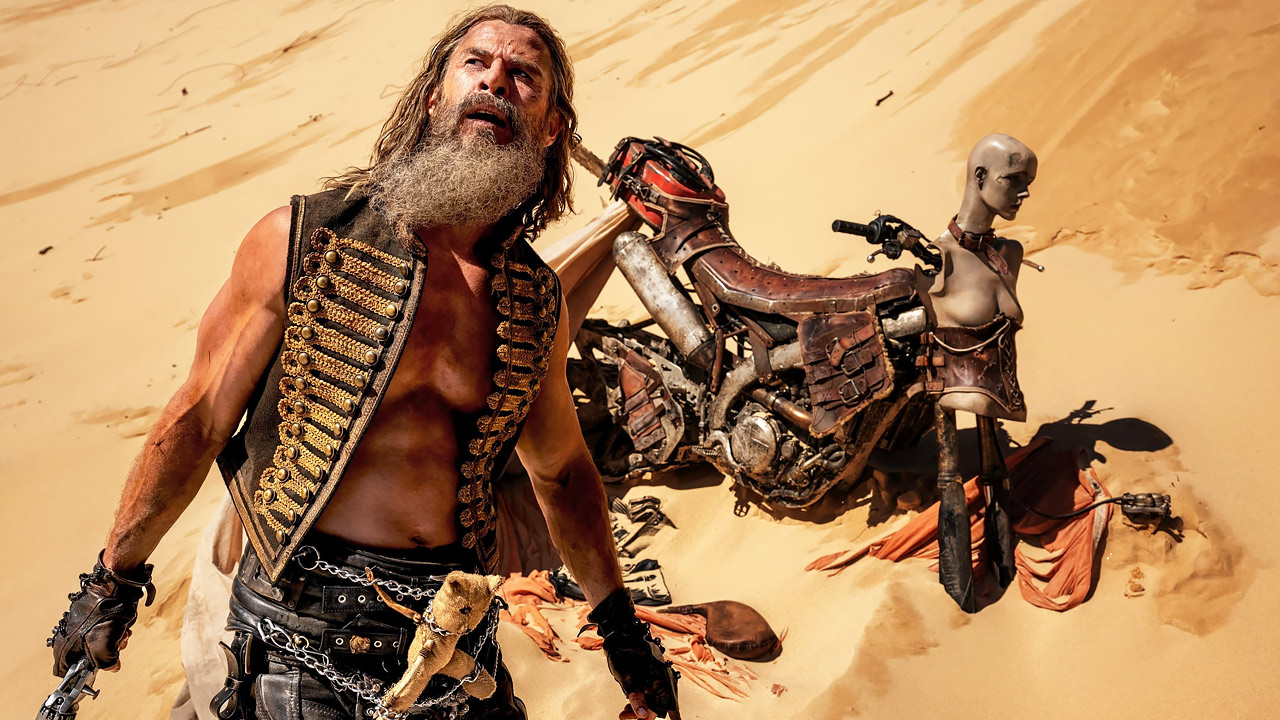
Speaking of age: while there’s now three versions of Furiosa from various timelines, each played by different actors, Miller strangely does little to reverse the years of supporting characters such as Angus Sampson’s The Organic Mechanic and Nathan Jones’ Rictus Erectus. He does wind back the clock for Immortan Joe, the pasty pale warlord played in Fury Road with seismic force by Hugh Keays-Byrne, handing down his respirator and horrible horse teeth to Lachy Hulme. If I were Hulme, I might think I’d been stiffed: Joe’s presence has been minimised so much that Miller and Lathouri now seem barely interested in him.
The plexiglass-armoured despot’s Citadel—with its sprigs of greenery and religiously devoted army of “War Boys”—nevertheless remains a key location. Others include the nearby “Gastown” and the “Bullet Farm,” a showdown at the latter forming one of the film’s key sequences. It’s impressively staged: generously but well paced, with a video game-like flair for bringing different forms of play into the same space—combining vehicular action, on foot action, and a slab with Furiosa showing off her sniper skills.
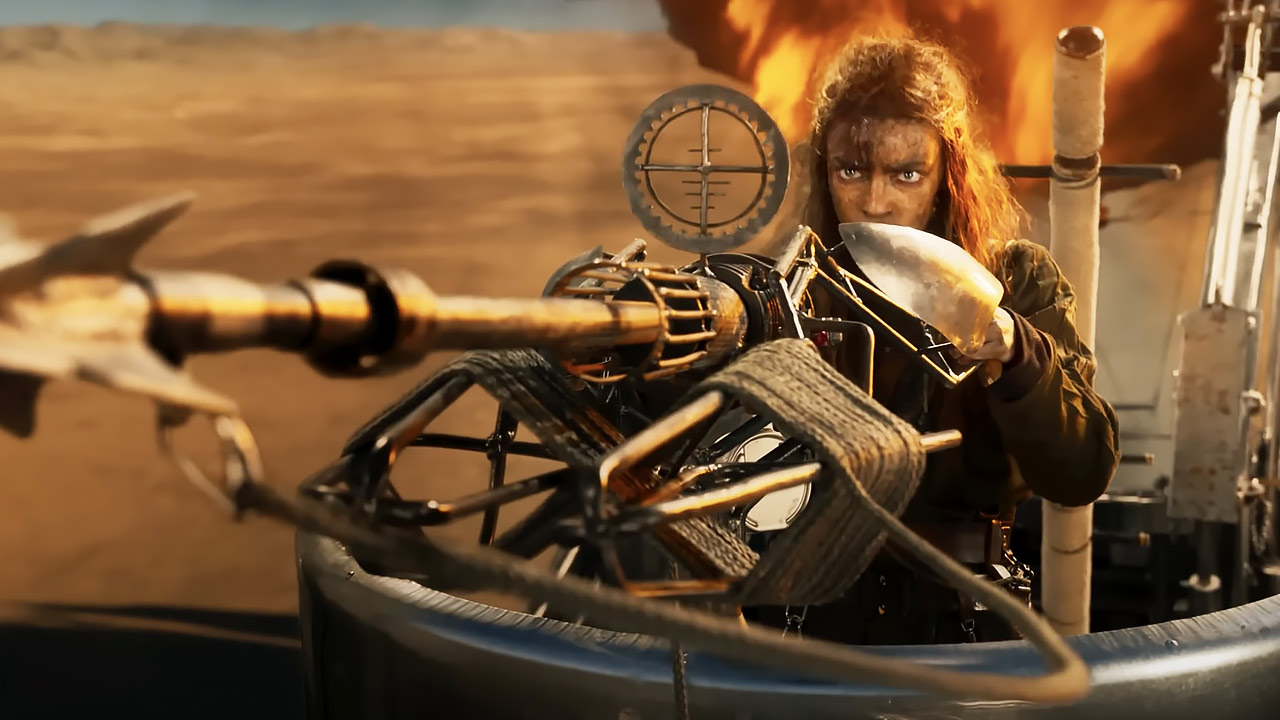
The biggest issue with this scene is in fact a problem felt across Furiosa‘s hefty 148 minute runtime. It feels like it’s taking place in a dusty, virtualized nowhere, not quite real and not entirely fake. Shot in New South Wales, Miller attempts to replicate the texture and tone of the Namibian desert (where Fury Road was filmed) which also attempted to fit the tone of the earlier productions, albeit with a timeline distance that allowed some aesthetic and environmental elbow room (the film being based in a different era, and arriving 30 years after the previous installment, Mad Max: Beyond Thunderdome). And so, in Furiosa, we have Australian desert imitating Namibian desert imitating Australian desert, intended to represent the future.
Ergo: a film that belongs nowhere and nowhen, tumbling around in a cosmic orange void, an aura of fakeness ensconcing everything. As Furiosa‘s PR campaign ramps up, we’ll no doubt hear more about filming in arid conditions and stunts that were done “for real,” albeit (unlike in the original movies) very safely, and varnished with Hollywood style spit and polish. But it’s impossible to appreciate such efforts when the film’s very foundation is so dreamy and false—when the desert seems more like an optical illusion than actual sand that would run through your fingers. Timeline-wise Furiosa isn’t based as far down the road as its predocessor—but the Wasteland never felt so distant.












